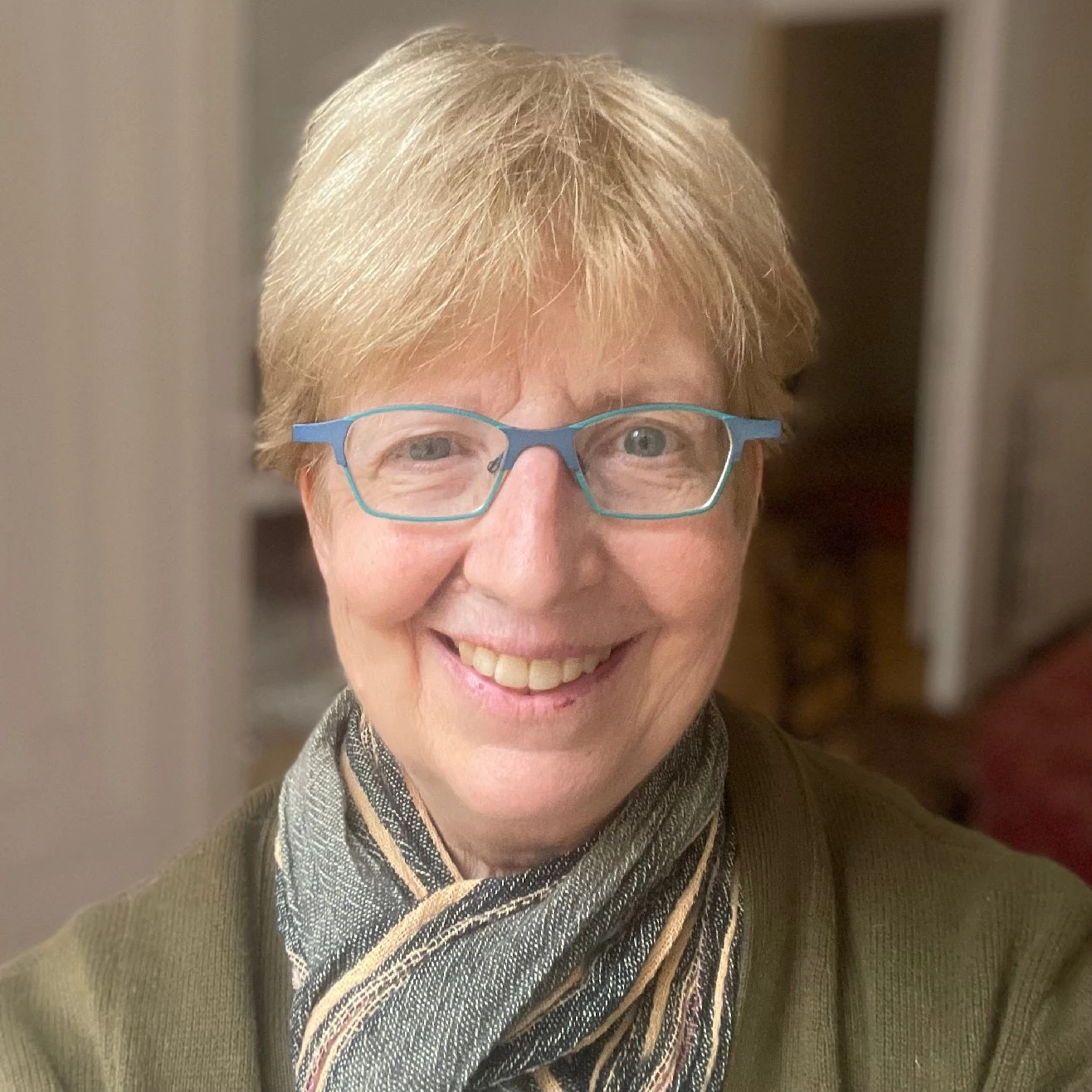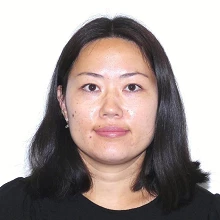 A young Roma woman holds a baby in Lomnicka, Slovakia
A young Roma woman holds a baby in Lomnicka, Slovakia
According to Amnesty International, millions of Roma worldwide live in segregated slums, often without electricity or running water, and have lower access to healthcare. Roma children often experience segregation in schools and receive a lower standard of education.
Slovakia has one of the largest Roma communities in Europe of approximately 450 thousand people. The majority reside in the Prešov (PSK), Košice (KSK) and Banská Bystrica (BBSK) self-governing regions. Most Roma in these regions live in segregated settlements, which are characterized by poor living conditions, limited access to services, low education outcomes, and high long-term unemployment rates. As recently as November 2022, Krtíš District Court ordered the municipality of Veľký Krtíš to provide access to water twenty-four hours a day to its tenants, all of whom were Roma living for years in unsatisfactory conditions in a municipality-owned house.
This type of physical, economic, and social exclusion of Roma across all three of these regions not only contributes to Roma communities’ socio-economic deprivation, but also negatively affects these regions’ economic competitiveness. Recognizing the need to improve this situation, Slovakia has taken action. The country adopted in 2012 its first Strategy for Integration of Roma-2020, which was followed by the Strategy of Equality, Inclusion and Participation of Roma until 2030 adopted in 2021. The new Strategy draws on the eight years of experience of the previous approach and takes into account achievements made over the past several years. The new Strategy targets inclusion of marginalized Roma communities (MRC) in the areas of education, employment, access to healthcare, and housing, as well as fighting anti-Roma racism and supporting participation.
Municipal capacity strengthening is essential
Our team has aided Slovakia’s efforts in ensuring MRC inclusion as part of the broader Slovakia Catching-Up Regions Initiative (CuRI), launched in 2018 by the European Commission. Support provided to the PSK, KSK, and BBSK self-governing regions has focused on strengthening these regions’ capacity to plan for and implement investments using resources from the central government and the European Regional Development and Social Funds to address issues of Roma communities’ marginalization and exclusion as well as their inadequate access to basic services and limited economic activity. Capacity here includes, but is not limited to, having staff with the technical skills and abilities to conceptualize, design and implement projects as well as preparing applications to access various European Commission and national funds.
The initiative took a unique approach to strengthening regional and municipalities’ capacities by taking a community-first approach with MRC by setting up focus groups comprising local citizens and partners working in the field. These focus group meetings guided the members of the community through the process of future development of their municipalities and helped to identify areas that needed support to improve inclusion of the Roma and their living standards. For example, in Jasov, KSK the focus group’s needs centered around children, including playgrounds, kindergarten, healthcare, and safe sidewalks.
As of September 2022, fourteen participating municipalities submitted projects for about €16.9 million, of which 35 valued at €10.81 million have been approved. Submitted projects reflect the most urgent needs of the municipalities and could be categorized as: (i) access to clean water; (ii) local roads and sidewalks; (iii) waste management; (iv) kindergartens; (v) community centers; (vi) local civil patrols; (vii) leap housing [a form of affordable public rental housing]; and (viii) sanitation. This breadth of issues reflects the dire situation of the municipalities and the chronic investment deficit, which needs to be addressed to improve the socio-economic conditions of MRC.
Lessons learned
In addition to using a community-first approach to jointly identify the needs of the communities and seek their feedback, our team also partnered with all the major stakeholders to achieve results and improve Roma living conditions: residents, municipalities, regional authorities, national government, and the European Commission.
This has raised two key challenges that must be tackled.
First, the broad profile of projects submitted by communities suggests continued chronic infrastructure deficits in selected municipalities that need sustained focus from government agencies and development partners. At the same time, municipalities lack technical capacity such as engineers and urban planners to conceptualize, design, and implement necessary investments. This limited municipal capacity to address integration of MRC has been a stubborn challenge that needs to be addressed for the successful implementation of Slovakia’s Strategy.
Second, as municipalities largely depend on regional and national sources for financing their investment needs, strong collaboration is necessary between the regional and central authorities to ease application processes and bring greater agility and flexibility to designing investment calls. An integrated approach should remain at the center of the new programming period.
We will continue to support Slovakia in integrating marginalized and vulnerable Roma communities through the current and subsequent phases of CuRI—a process crucial for creating a more inclusive and resilient economy and meeting the country’s development goals.
For more information, please contact Ms. Yondela Tembakazi Silimela at ysilimela@worldbank.org, Ms. Ellen Hamilton at ehamilton@worldbank.org, Mr. Vladimir Benč at vbenc@worldbank.org or Ms. Dinara Muldabayeva at dmuldabayeva@worldbank.org.





Join the Conversation